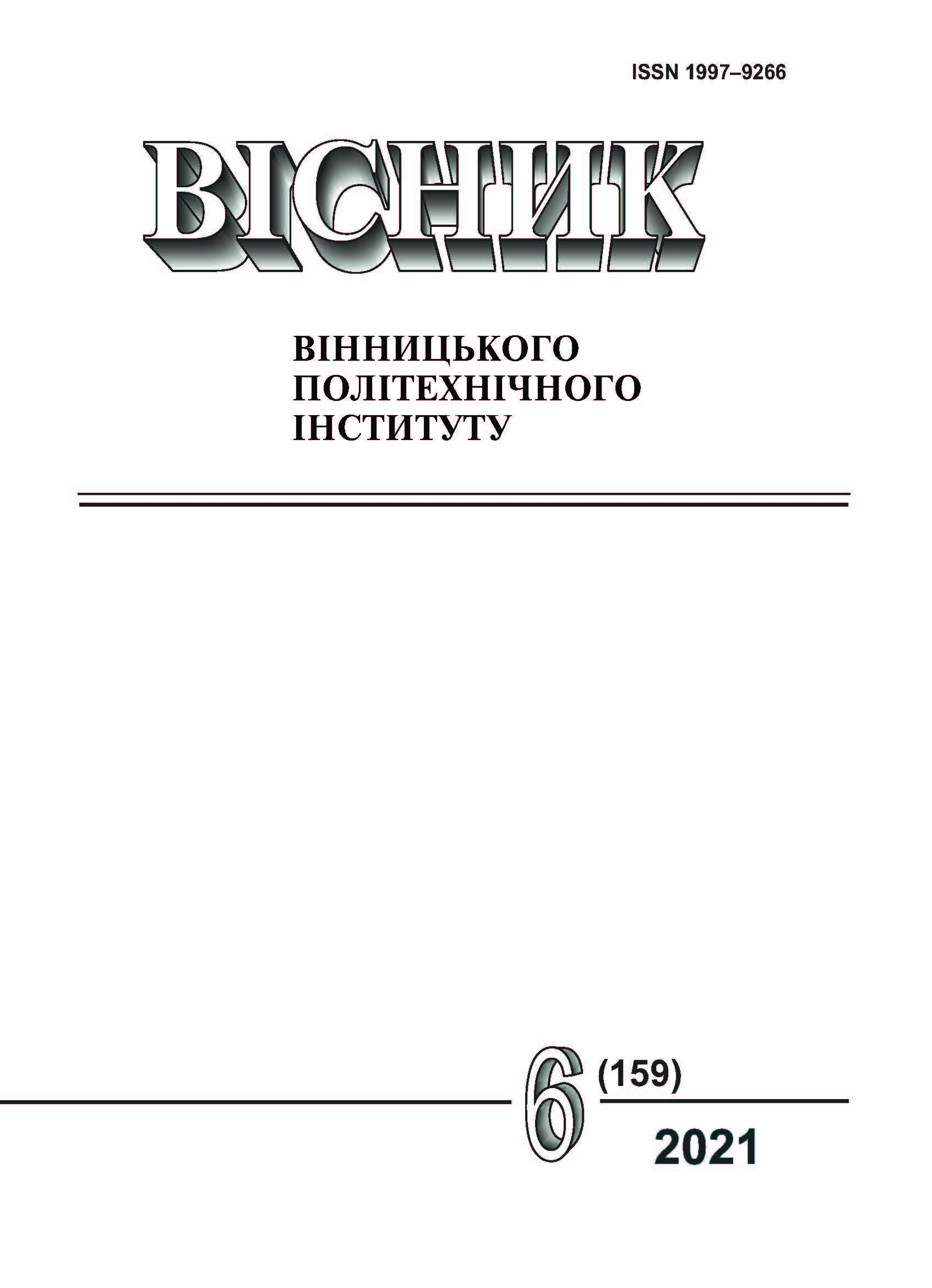Monitoring of Gas Concentrations Dissolved in Transformer Oil During Operation of Power Transformer Equipment
DOI:
https://doi.org/10.31649/1997-9266-2021-159-6-44-50Keywords:
condition monitoring, online gas monitor, diagnostics, online monitoring, gases dissolved in oil, oil-filled transformer equipmentAbstract
The peculiarities of application of stationary gas analyzers of power oil of filled equipment in main and distribution networks, as well as at power generation enterprises are analyzed. The problem of discrepancies in the values of concentrations of gases dissolved in oil obtained from stationary gas analyzers in the mode of continuous monitoring and obtained by the results of tests of transformer oil samples performed by laboratory chromatographers is investigated. A comparative analysis of different principles for measuring gas concentrations based on two groups of methods: chromatography method and infrared spectroscopy methods by Bouguer–Lambert–Beer law. The features of application, advantages and disadvantages of the main methods of infrared spectroscopy are considered. The results of the laboratory comparison of the analysis of the mixture of reference gases and the analysis of gases obtained from oil-filled transformer equipment, which is in operation, conducted by a stationary gas analyzer and laboratory. It is established that both laboratory devices and stationary gas analyzers have similar errors in determining gas concentrations in prepared laboratory mixtures. The coefficients of linear regression, constructed as a function of dependence of the indications of a stationary gas analyzer on the indications of a laboratory device, are given, when analyzing the same oil samples. Conclusions were made about the main reasons that affect the discrepancy of the obtained results, which allowed to determine the feasibility of using stationary gas analyzers, on the basis of spectroscopy, as devices capable of fixing the trend of increasing gas concentrations, and to make decisions on unscheduled oil samples for laboratory analysis based on their indications.
References
WANO SOER 2011-1. Сообщение о значительном опыте эксплуатации. [Электронный ресурс]. Режим доступа: http://www.cfin.ru › forum › attachmen .
CIGRE WG D1.01 (TF 15), “Report on Gas Monitors for Oil-Filled Electrical Equipment,” Technical Brochure, # 409, Feb. 2010.
СОУ-Н ЕЕ 46.501.2006, Диагностика маслонаполненного трансформаторного оборудования по результатам хроматографического анализа свободных газов, отобранных из газового реле, и газов, растворенных в трансформаторном масле. [Дата введения 29.12.2006]. Киев: ОЕП «ГРІФРЕ», 92.
FIST 3-30. Transformer Maintenance. Facilities instructions, standards, and techniques. US Department of the Interior Bereauof Reclamation, Denver, Colorado, 2000. [Electronic resource]. Available:
https://www.usbr.gov/power/data/fist/fist3_30/fist3_30.pdf
IEEE C 57104. IEEE Guide for the Interpretation of Gases Generatedin Oil-Immersed Transformers. [Electronic resource]. Available: https://pdfcoffee.com/ieee-c57104-2019pdf-5-pdf-free.html .
IEC 60599. “Mineral oil-impregnated electrical equipment in service,” Guide to the interpretation of dissolved and free gases analysis. [Electronic resource]. Available:
https://standards.iteh.ai/catalog/standards/clc/5cbbf2dc-01c5-4437-868d-bd00afffd318/en-60599-1999 .
D. Popa, and F. Udrea, “Towards Integrated Mid-Infrared Gas Sensors,” Sensors, № 19 (9), 2076 c., 2019. https://doi.org/10.3390/s19092076 .
I. E. Gordon, et al., “The HITRAN2016 molecular spectroscopic database,” Journal of Quantitative Spectroscopy and Radiative Transfer. 203: 3-69. 2017. Bibcode: 2017JQSRT.203....3G. https://doi.org/10.1016/j.jqsrt.2017.06.038 .
The HITRAN Database. [Electronic resource]. Available: https://hitran.org/ .
IEC 60567:2011, Oil-filled electrical equipment – Sampling of gases and analysis of free and dissolved gases – Guidance. [Electronic resource]. Available: https://standards.iteh.ai/catalog/standards/clc/04d72cde-a3ae-46f0-b5fe-fe25c5d566f8/en-60567-2011
Downloads
-
PDF (Українська)
Downloads: 233
Published
How to Cite
Issue
Section
License

This work is licensed under a Creative Commons Attribution 4.0 International License.
Authors who publish with this journal agree to the following terms:
- Authors retain copyright and grant the journal right of first publication.
- Authors are able to enter into separate, additional contractual arrangements for the non-exclusive distribution of the journal's published version of the work (e.g., post it to an institutional repository or publish it in a book), with an acknowledgment of its initial publication in this journal.
- Authors are permitted and encouraged to post their work online (e.g., in institutional repositories or on their website) prior to and during the submission process, as it can lead to productive exchanges, as well as earlier and greater citation of published work (See The Effect of Open Access).





